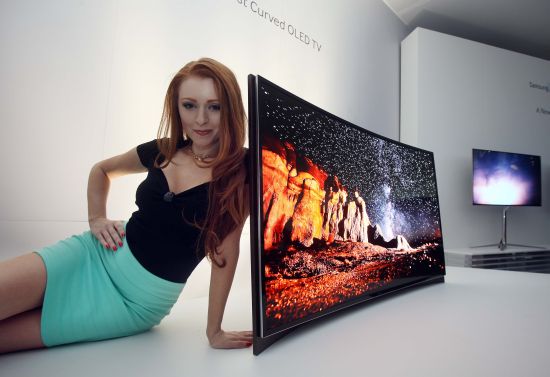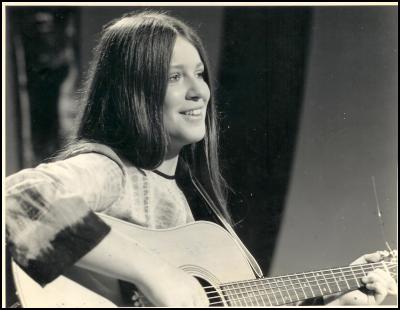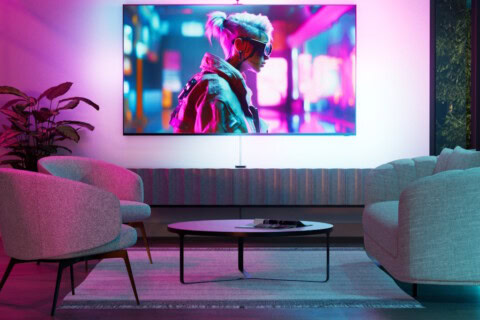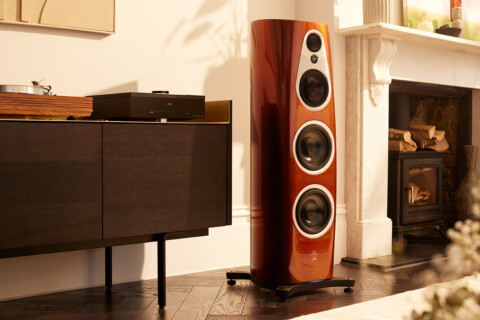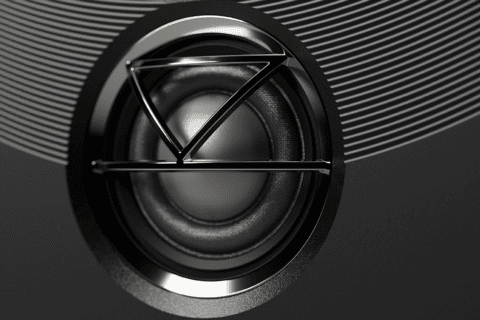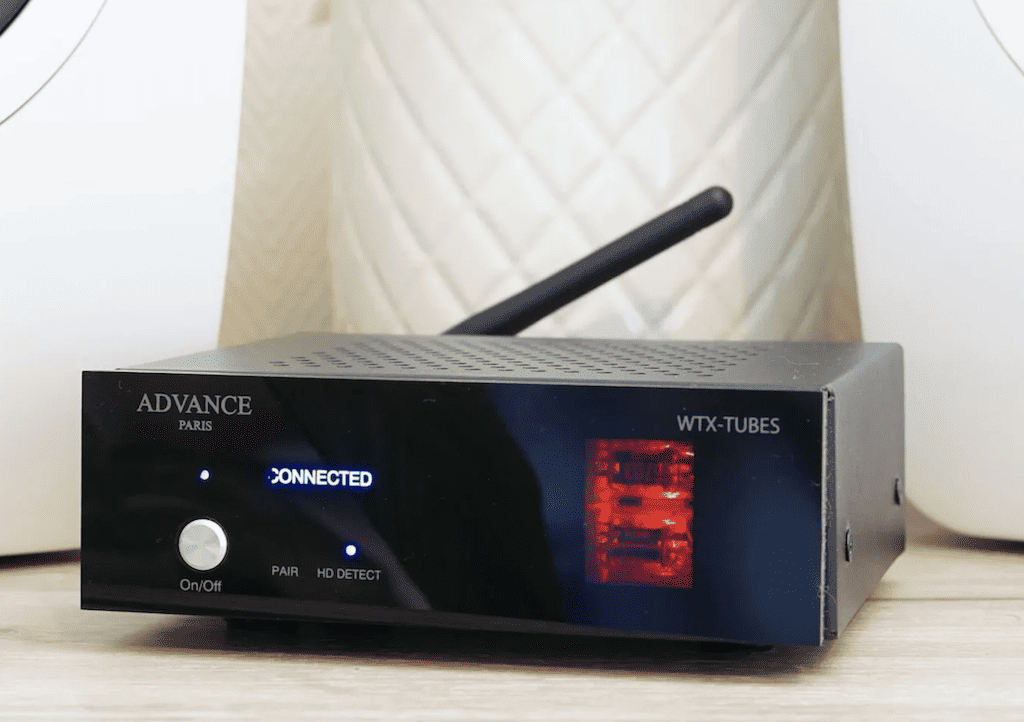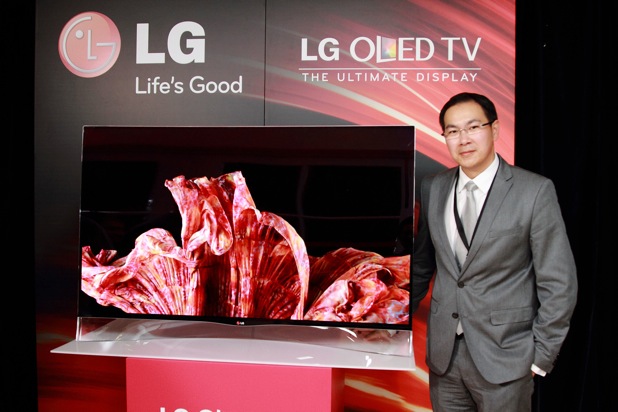 Witchdoctor – Could you explain a little bit about yourself to Witchdoctor readers?
Witchdoctor – Could you explain a little bit about yourself to Witchdoctor readers?
Glen – As National Marketing Manager for LG New Zealand, I am responsible for the strategic leadership and execution of marketing and communications initiatives across all LG product categories. LG has a diverse portfolio of products ranging from slim TVs, LED monitors, home entertainment systems, washing machines, refrigerators, through to smartphones.
Witchdoctor – You’ve worked as a sales and marketing professional for major consumer electronics companies for many years, and through a period of incredible technological change, especially relating to television panels. When you were working for Sony and promoting BRAVIA back in 2005, did you having any inkling that panels would be as advanced as they are by 2013? And similarly, do you already have some inkling about the NEXT progression after Ultra-HD TVs?
Glen – 2013 will be my 13th year in the consumer electronics industry and the past few years have been without a doubt the most exciting when it comes to TV innovation. In the last 13 years, here’s how TV technology have transformed home entertainment:
2000: Introduction of the flat screen CRT TV with a screen that was ruler flat delivering an immersive experience. (Highlight: it was the year where 100Hz TVs became mainstream).
2002: Introduction of plasma displays and a new era for “wall mounted” TVs. (Highlight: a 42-inch plasma cost nearly $8000 and it was also one of the first wide screen TVs to go on sale in NZ).
2004: Big screen TVs suddenly became affordable thanks to LCD projection TV technology (a 50-inch LCD projection TV was a “mere” $5000). (Highlight: yes they were bulky but they could sit quite comfortably on a conventional TV cabinet when older style projection TVs could not).
2005: Large screen LCD TVs suddenly became more affordable (a 40-inch LCD TV was a “mere” $4000 as opposed to $10000 a year earlier). (Highlight: the single HDMI input makes its debut on TVs in NZ)
2007: Full HD 1080 LCD TVs became available featuring screens with over 2 million pixels (or nearly twice that of regular HD TVs). (Highlight: Freeview Digital TV broadcast kicks off in NZ).
2008: Slim-line LED TVs were all the rage: slim enough to hang on the wall like a picture frame. (Highlight: claimed to be brighter, more power efficient than regular LCD TVs but at a higher price tag)
2011: Saw the introduction of LED TVs with virtually no bezel delivering a seamless viewing experience. (Highlight: the first time where a 47-inch LED TV was “physically equivalent” to a conventional 42-inch TV giving you more screen from less space).
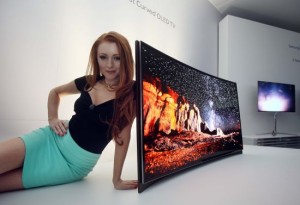
2013: Analogue switch off completed on December 1 marks the end of analogue TV broadcast and the beginning of a fully digital TV era. Ultra HDTVs become available in more sizes and more affordable. Introduction of the world’s first and New Zealand’s first curved OLED TV.(Highlight: curved OLED TV marks the biggest leap in television innovation – yet. Here’s why:
55-inch | 4.3 millimetres slim at the slimmest point | Near perfect colour reproduction | Infinite contrast ratio | Virtually zero motion lag (0.0001 ms).)
Now. Consider this.
Between the early ’80s through to 2000, television went from colour CRT TVs to colour CRT TVs in 20 years.
Yes, innovation existed such as the introduction of the remote control in the ’80s and larger sizes of CRT TVs becoming available, but the level of technological advancement from 2000 onwards was mind-blowing.
Looking back in 2005, it was hard to imagine where television technology was heading but there were some aspects that industry experts had an inkling about – such as the introduction of HDMI on TVs in 2005 and beyond. So, what TV developments came as a complete surprise? Most definitely introduction of LED TVs in 2008. These TVs were leaps and bounds from the traditional LCD TVs. They were not only slimmer, they were brighter and more power efficient.
Witchdoctor – I still hear people complaining about the cost of TV panels and consumer electronics, and wonder what planet they’re on when prices are so much better for the public than they used to be. My Mum’s HD panel cost her last year LESS than a CRT box did 10 years previously! What’s your take on it?
Glen – It’s a consequence of economies of scale and the influences of supply and demand. CRT TVs were horrendously expensive to manufacture and the costs had to be passed on to consumers which was why they were expensive to buy. They were also only available in a few sizes (14-inch/21-inch/25-inch/29-inch…) as there weren’t significant cost advantages for making a large TV vs. a smaller one.
Flat panel technology changed everything. Firstly, they were easier to make in different sizes giving consumers more choice. Secondly, they were more versatile and could be adapted for use as computer and laptop displays, screens on mobile devices and on digital cameras.
More importantly, they were much easier to transport as they were lighter and took up less space. (Imagine the costs of shipping a 29-inch CRT TV that weighs more than 30KGs vs a 40-inch TV that weighed half as much and was packaged flat)
The end result? Cost savings to the consumer.
Witchdoctor – You’ve worked at both Sony and Samsung, and now LG. LG has come up on the local market – from a panel point of view – almost out of nowhere to a position of some prominence. What is its current standing here, as it compares to elsewhere? Is it gaining traction on the local market?
Glen – LG have often been regarded as the silent, quiet innovators in New Zealand and we’re taking steps to address this in keeping with LG’s phenomenal success globally.
For example, LG are the world’s largest manufacturer of displays. Its their core and they invest millions of dollars each year in product development and in research.
LG is hell-bent on picture quality which is why they’ve developed LG IPS. It’s the panel technology that is used in the majority of their LED TVs that allow for natural colour reproduction and clarity. (LG’s IPS panels are also a firm favourite in a number of high performance smart phones)
LG were also pioneers in 4k or Ultra High Definition TVs: they were the first to introduce an 84-inch Ultra HDTV in 2012. LG’s Ultra HDTVs have four times more pixels than regular Full HDTVs and it was made possible through LG’s significant investments in the development of 4k screen technology.
Witchdoctor – It seems to me that the most difficult thing in terms of TV panels is creating the public perception of difference between brands and models. Obviously each brand has its own proprietary technology, to a greater or lesser degree, but with a standard-looking panel, the differences aren’t that easy for the average person to spot. Obviously, with the curved OLED screen, LG has come up with a real point of difference and a genuine talking point, and even if it doesn’t take off in the long run, LG’s profile will be raised as a result. What’s reaction to the curved OLED been like so far, locally and elsewhere? And do you see it ever being so popular that it becomes an off-the-shelf purchase? Or will it always remain something of an attractive novelty?
Glen – Everytime we demonstrate the Curved OLED TV to both industry-insiders and consumers the first reaction is always the same: “Look how thin it is!” (It’s 4.3mm), and then they ask about the curve. Once they are back in front, they notice the impressive contrast offered by LG OLED technology. Just as we have recently showed with the G Flex mobile handset, there is a lot of innovation and interest in curved displays, representing another step in the path of flexible display technology. Actual form factors of the devices incorporating these displays are likely to evolve over time based on market reception and reaction. Over the past few years, we have seen 55-inch analogue LCD TVs been replaced by fully Digital 3D Smart TVs that cost a third the original price.
Witchdoctor – Obviously the curved OLED panel is a premium product, but how do LG’s Ultra-HD TVs rate in comparison? Does the OLED take any of the shine off those? And if you had to point to a couple of features of the best of LG’s Ultra-HD range that define them as different from other brands, what would they be?
Glen – The Curved OLED TV is a premium product made possible through a completely different set of display technologies. OLED TV represents an opportunity to create a panel with the best picture contrast and deepest blacks we have experienced yet – and our 55-inch Curved OLED model is the first in New Zealand, and globally. While our Curved OLED TV has a resolution of 1920×1080 (Full HD), the high-end segment of LED-LCD TV is beginning to feature more ‘Ultra HD TVs’ which have a resolution of 3840×2160. This resolution is especially noticeable on larger panels, such as the 84-inch, and while commercial content is not yet widespread, the future is looking bright with the introduction and ratification of H265/HEVC (that LG’s latest model of Ultra HDTVs will support) and most modern PC games will render UHD resolutions if you have a decent PC!
Just as we would decide between Plasma and LCD, now we have the choice of a 55-inch OLED or 55-inch Ultra HD TV. What is most important to you? Contrast levels like you’ve never seen, or picture clarity and sharpness? Needless to say, the price entry point of the 55-inch Ultra HD TV is less than that of the flagship 55-inch Curved OLED. Eventually, it is possible we could see the two technologies merge, as we demonstrated a 77-inch Ultra HD OLED TV at the IFA show in Berlin this year – a while off commercial availability, but an impressive view of what is to come.
All LG Ultra HDTVs have LG IPS displays, making them a great choice for large entertainment spaces or lounges, as they have a viewing degree of 178 degrees – practically anywhere in the lounge without noticeable colour-shift. Also with many modern gadgets switching to IPS displays, they are well recognised for their accurate representation of colour. Models such as the LA9700 go further by adding full LED backlighting (the screen has up to 144 blocks of LED backlights that can be individually dimmed) which adds a level of control to local dimming not available on edge-lit LED models, giving you further refined contrast levels.
The motorised built-in soundbar delivers impeccable sound further improved by a rear woofer located on the back of the TV for improved bass.
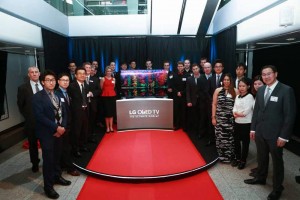
Glen – I have had a number of sets come and go from my living room over the past few years. Until recently, I had a Samsung 64-inch D8000 Plasma TV which was the flagship in the Samsung plasma range in 2011. It did have a great picture on it (colours were very good) but it was pretty power hungry (it kept the room warm in winter!)
Prior to the Samsung, I had a 60-inch Sony SXRD BRAVIA projection TV – one of the first Full HDTVs in the market. It was horrendously expensive at the time (it retailed for over $8000)
but it produced a nice, sharp picture. Viewing angles were pretty horrible but it did the job with Blu-rays and DVDs.
I am currently running the LG 65-inch LA9700 Ultra HDTV and it is by far one of the best LED TVs I’ve experienced to date. The contrast and blacks betters the Samsung plasma thanks to the Full LED backlight system and the natural colour and intricate picture detail has to be experienced.

